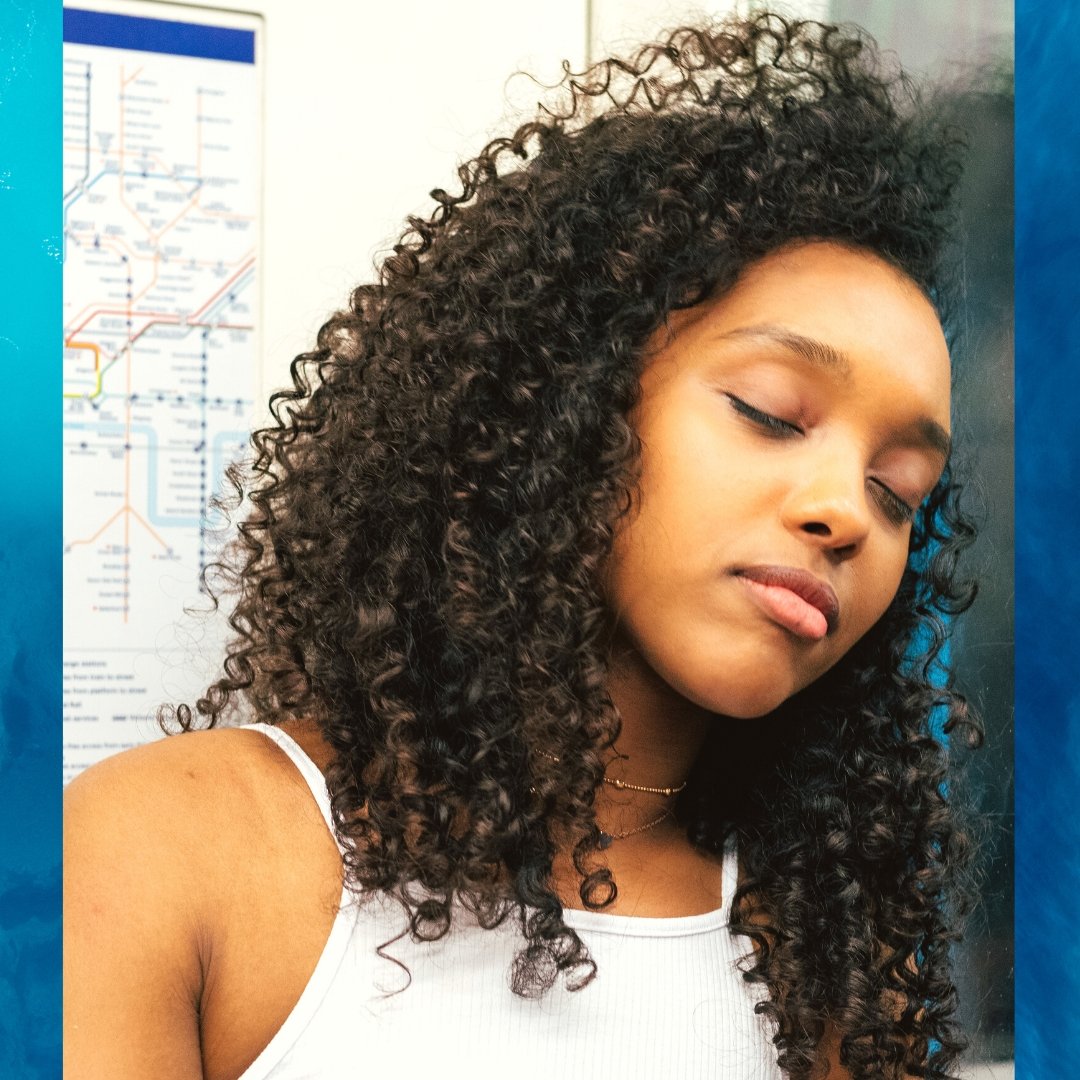My first introduction to anemia happened when I was growing up in Sudan. I watched my pregnant aunt scoop up the iron-dense mud from the Nile and eat it like it was rice. I quickly learned that the bodies of pregnant women were self-regulating, and made sure to let them know when they needed something. And NO lol, I'm not suggesting that you too eat mud, but there's something to be learned here.
What is Anemia and what causes it?
In the west, anemia is a buzzword. Everyone either has it, or knows someone that does. However, many of us don’t know what it is until we find ourselves rushed to the hospital because of it. There are over 400 types of anemia, and the most common type is Iron deficiency Anemia, which is directly correlated to having low iron. The leading causes of low iron deficiency anemia are blood loss, and more commonly, nutritional deficiencies of iron in our diets.
What Does Iron do for the Body?
Our bodies use iron for two main reasons:
- To create proteins called hemoglobin that take oxygen from our lungs to where they needed in the body.
- To maintain healthy hair, skin and nails.
So, When we have iron deficiency, our red blood cells aren't able to perform as they should. Our bodies get less oxygen as a result, and the exhaustion that sets in begins affecting everything from our brain function to our immune system.
How can I tell if I am anemic? What are the symptoms of anemia?
The most accurate way to tell if you have iron deficiency anemia is by getting a blood test. Symptoms of anemia may include:
- Extreme fatigue
- Lightheadedness
- Brittle nails
- Weakness
- Chest pain
- Cold hands and feet
- Unusual cravings for things like mud, etc. (pica)
- Pale Skin
- Etc.
Can iron deficiency anemia be treated at home? How?
When anemia is caused by a lack of iron in diet, it can definitely be reversed! How can we alter our diets?
- Introduce iron-rich ingredients into meals you already eat. Incremental changes make the biggest impact long term because you’re able to stay consistent with them. Add:
- Sea Moss Gel to your smoothie or soup.
- Spinach to your omelet or protein shake.
- Pumpkin seeds (de-shelled) to your rice or salad.
- Liquid iron supplements like Floradix to your morning cup of OJ.
- Take some form of Vitamin C with iron to increase absorption. Studies have shown that pairing the two makes for powerful iron absorption.
- Decrease iron absorption inhibitors like calcium, particularly in the mornings. Save your calcium and antacid rich foods for after you take your iron and vitamin C! Your body will thank you.
Most important, If you’re the experimenting type like I am, take a look around you. Sometimes nature has a funny way of waving at us to pick from its benefits. Have you noticed the dandelions in your backyard? The ones most of us get annoyed with and label "weed", just to pluck and throw away? Have you wondered why the nettles grow in your same backyard in bunches during the time of the year where people are typically rushed to hospitals?
These plants are excellent sources of the iron that your body needs. The same goes for the sea vegetable, Sea Moss, (aka chondrus crispus) that grows along the Atlantic coasts. Let’s get back to our roots (literally) and learn about the plants that are growing to serve us the nutrition we need. Click here to get your jar of sea moss today.
Sources
- https://www.mayoclinic.org/diseases-conditions/iron-deficiency-anemia/symptoms-causes/syc-20355034
- https://twonilesco.com/products/unbleached-wildcrafted-sea-moss
- https://www.ncbi.nlm.nih.gov/pmc/articles/PMC5155616/
- https://pubmed.ncbi.nlm.nih.gov/6940487/
As always, please consult your health care provider before you make any drastic changes to your diet.


1 comment
Please i need to know which types of food are good for an anaemic patient.